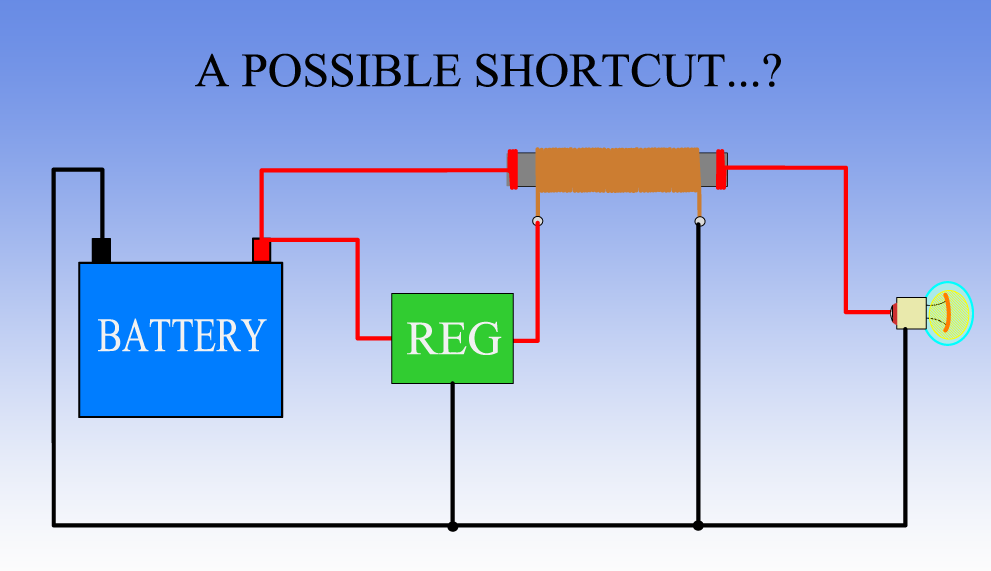Hi guys,
I'm going to open this thread because I've posted this information in the thread of BiTT and I will post in this thread the same to get the opinions from other users.
Well, this system is exactly the same has the bitoroid transformer of Thane Heins, but adapted to be used only in 1 wire configuration (avramenko style or others). I think it will be easy to see the analogy.
The main key on this circuit is to prevent that the energy would be reflected back to the source (the battery) when we connect a load in the output (in this case a light bulb). For that reason, I try to block the magnetic component (back emf), using a coil wrapped in the ferrite rod (the red dark coil) to saturate the rod with a magnetic field and the back emf cannot travel back to the source (battery). It's like a magnetic diode.
The energy will be able to travel from the battery to the output, but not in the opposite direction. It's exactly like Thane Heins, but using 1 wire instead of 2 wires.

I'm going to open this thread because I've posted this information in the thread of BiTT and I will post in this thread the same to get the opinions from other users.
Well, this system is exactly the same has the bitoroid transformer of Thane Heins, but adapted to be used only in 1 wire configuration (avramenko style or others). I think it will be easy to see the analogy.
The main key on this circuit is to prevent that the energy would be reflected back to the source (the battery) when we connect a load in the output (in this case a light bulb). For that reason, I try to block the magnetic component (back emf), using a coil wrapped in the ferrite rod (the red dark coil) to saturate the rod with a magnetic field and the back emf cannot travel back to the source (battery). It's like a magnetic diode.
The energy will be able to travel from the battery to the output, but not in the opposite direction. It's exactly like Thane Heins, but using 1 wire instead of 2 wires.







Comment